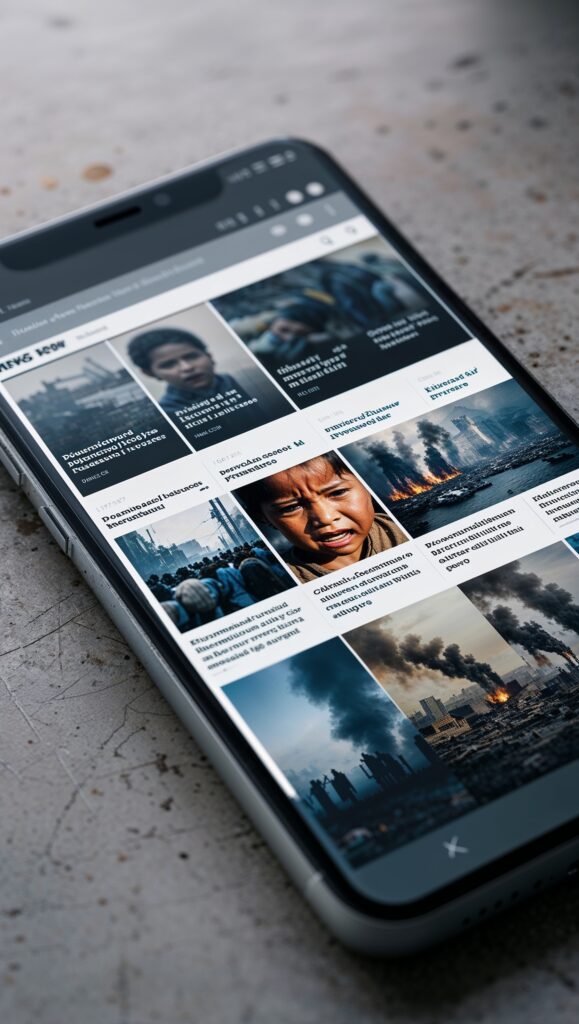As the world grapples with global crises such as climate change, the refugee crisis, and the COVID-19 pandemic, the negotiation of core values within the public sphere has become exceedingly complex.
These „wicked problems“ resist straightforward solutions and necessitate approaches that often lead to conflicting outcomes across different fields (Head, 2019). This complexity intensifies the tension between necessary public measures and fundamental values like personal freedom, autonomy, and responsibility, making it crucial to understand public reactions, especially in the digital sphere where discourse is amplified (Dubois & Blank, 2018; Flaxman et al., 2016).
Echo chambers amplify psychological reactance—the instinctive resistance to perceived threats to one’s freedoms—which is particularly evident when public measures such as mask mandates or calls to reduce carbon-intensive behaviors are viewed as infringements on personal liberties (Hajek & Häfner, 2021).

Creating the codebook is a multi-step project that is still ongoing.
We use every iteration of our study to further refine the codebook.
In our research, we’ve identified a significant gap in understanding how individuals react within the public sphere, particularly when their freedoms are perceived to be threatened by necessary public measures.
To address this gap, we have created a theory-driven codebook aimed at analyzing expressions of reactance in written discourse on social media. This tool is designed to help researchers and policymakers better understand and quantify how discussions related to freedom and autonomy are framed and how they trigger reactance among the public. By systematically analyzing social media posts and comments, we aim to capture diverse expressions of reactance and understand their implications for communication strategies.
Our approach integrates content analysis with innovative coding techniques that allow us to parse complex emotional and cognitive responses from text.
The development of our codebook has involved iterative testing and refinement to ensure it accurately captures the theorized dimensions of reactance, including how freedoms are perceived to be restricted, how these perceptions are processed, and how they manifest in public discourse.
Challenges and Innovations in Coding Psychological Reactance
Of course, coding psychological reactance presents significant challenges due to its subjective nature and the multidimensionality of the construct. Initial intercoder reliability checks indicated a need for improvement, which led to several methodological refinements:
Visual Coding Aid
Introducing visual aids within the codebook to clarify and distinguish constructs.
Guided Filtering
Implementing a preliminary checklist to prime coders on critical constructs before they begin the full coding process.
Tool Tips
Providing tooltips that offer immediate access to definitions for each potential code during the coding process.
Reference Textboxes
Allowing coders to access a database of similarly coded user comments to better align their interpretations.
Interested in Exploring Our Coding Scheme? Try It Yourself!
For those intrigued by the possibilities of our coding scheme and interested in applying these techniques to your studies, we encourage you to explore the codebook for yourselves. Here, you can bring your own text and annotate it using the tool. It’s super easy—all the explanations you need to know how to code will be learned while working on the text itself, following the instructions provided.
